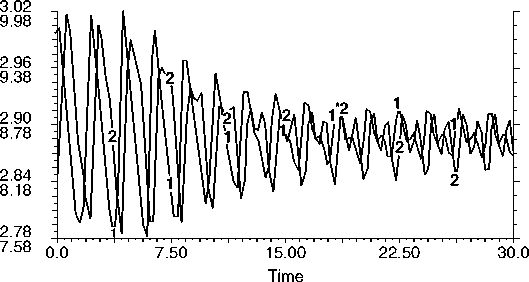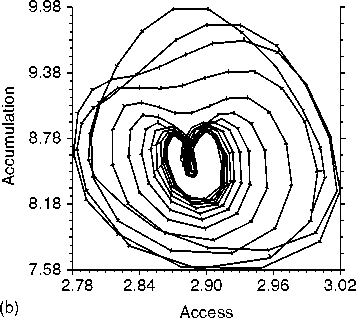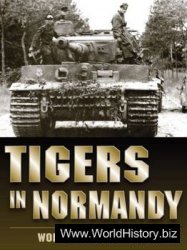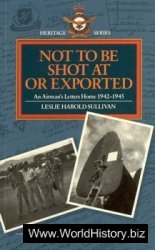The history of computer simulation in archaeology can be divided into four main periods, in which different types of model have been constructed, sometimes for different purposes.
The Pioneer Phase (Late 1960s to Early 1970s)
Early simulation models more or less explicitly treated culture as an adaptive system and their subject matter ranged from Palaeolithic social systems through hunter-gatherer subsistence strategies to the colonization of Polynesia. These models combined the increasing availability of general-purpose computer programming languages with the systemic perspective favored by the New Archaeology to construct ‘algorithmic’ or mathematical models of processes involving the flow of information, energy, or materials (e. g., subsistence items) through whole societies, possibly in response to environmental change and often incorporating simple feedback representing, for example, the effect of population growth (see Processual Archaeology).
Diversification of Purpose (Mid - to Late 1970s)
During this period, most North American studies continued to take a systems approach to social organization and culture change, usually in the context of settlement pattern. Like the pioneer simulations, these were conducted with the aim of theory-building or testing specific hypotheses. Elsewhere - notably in Britain - archaeologists deployed more narrowly focused simulation models for tactical purposes, for example, to assess the reliability of inferring trade mechanisms from patterns of artifact dispersal.
Pessimism and Inactivity (1980s)
This period of relative inactivity had at least two causes. One was continuing concern about a lack of input data, which undermined confidence, particularly in the use of simulation for hypothesis testing. The other cause was a growing theoretical dislike of systemic approaches to cultural change, which effectively rendered simulation (as it was then practiced) less useful for theory-building. Ironically, tactical simulations that demonstrated the very real problem of equifinality in attempting to identify quantitative ‘signatures’ of past behavior themselves contributed to the change in theoretical direction - the postprocessual interest in the role of individuals and the meanings of things - that appeared to curtail the utility of simulation.
Renewed Optimism (Late 1980s to Present Day)
In the very late 1980s the use of simulation in archeology entered its current period of renewed optimism. This can be attributed to two main factors. The most important is the availability of both conceptual and methodological tools from the new science of complexity, which has, to some extent, permitted a realignment of quantitative methods with the changing theoretical climate in archeology. In particular, the development of the agent perspective in ‘artificial intelligence’ and especially ‘artificial life’ has lead to the development of a series of ‘agent-based models’ in which population-level phenomena (things which might be observable archaeologically, such as settlement patterns or artifact distributions) arise from the interaction and/or decision-making of individual actors. In similar vein, ‘cellular automata’ provide the ideal tool for exploring how adherence to simple local rules can produce often quite complex larger-scale spatial phenomena. On a slightly different tack, the mathematics of ‘dynamical systems’ has lead to the development of a new generation of systemic models which, despite being deterministic, can produce unexpected results and even structural changes in long-term behavior depending on initial conditions and parameter values (Figures 4 and 5). The second most important

Accumulation vs Access

Figure 3 Output from a dynamical systems model of Bronze Age exchange, showing complex periodicities in the relationship between the accumulated and circulating wealth. Reproduced from Fig. 12.12 in McGlade J (1997) The limits of social control: coherence and chaos in a prestige-goods economy. In: van der Leeuw SE & McGlade J (eds.) Time, Process and Structured Transformation in Archaeology, pp. 298-330. London: Routledge.
Reason for the renewed optimism about the utility of simulation is probably the increasing availability of high-resolution input data, particularly that relating to past climate change.




 World History
World History









